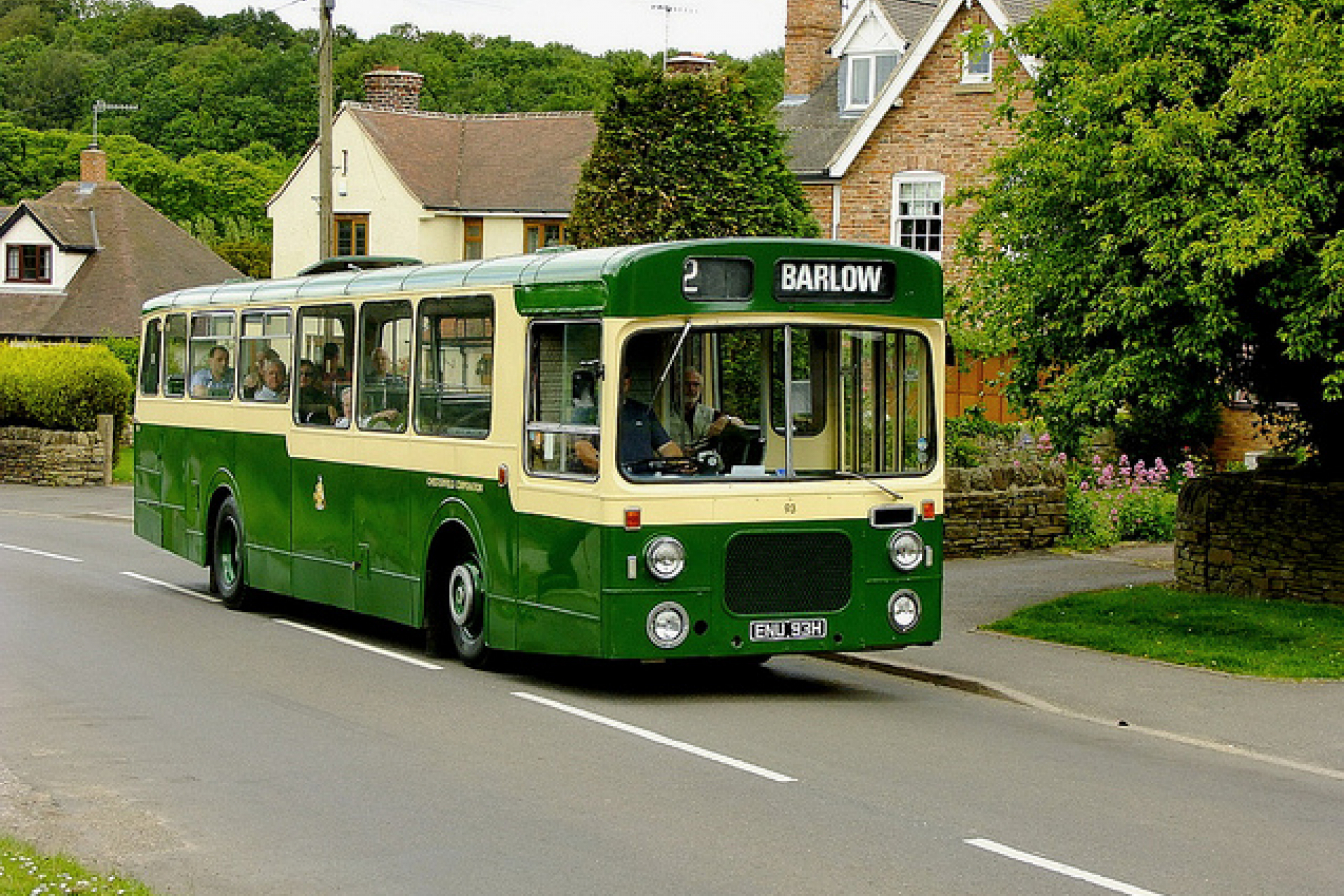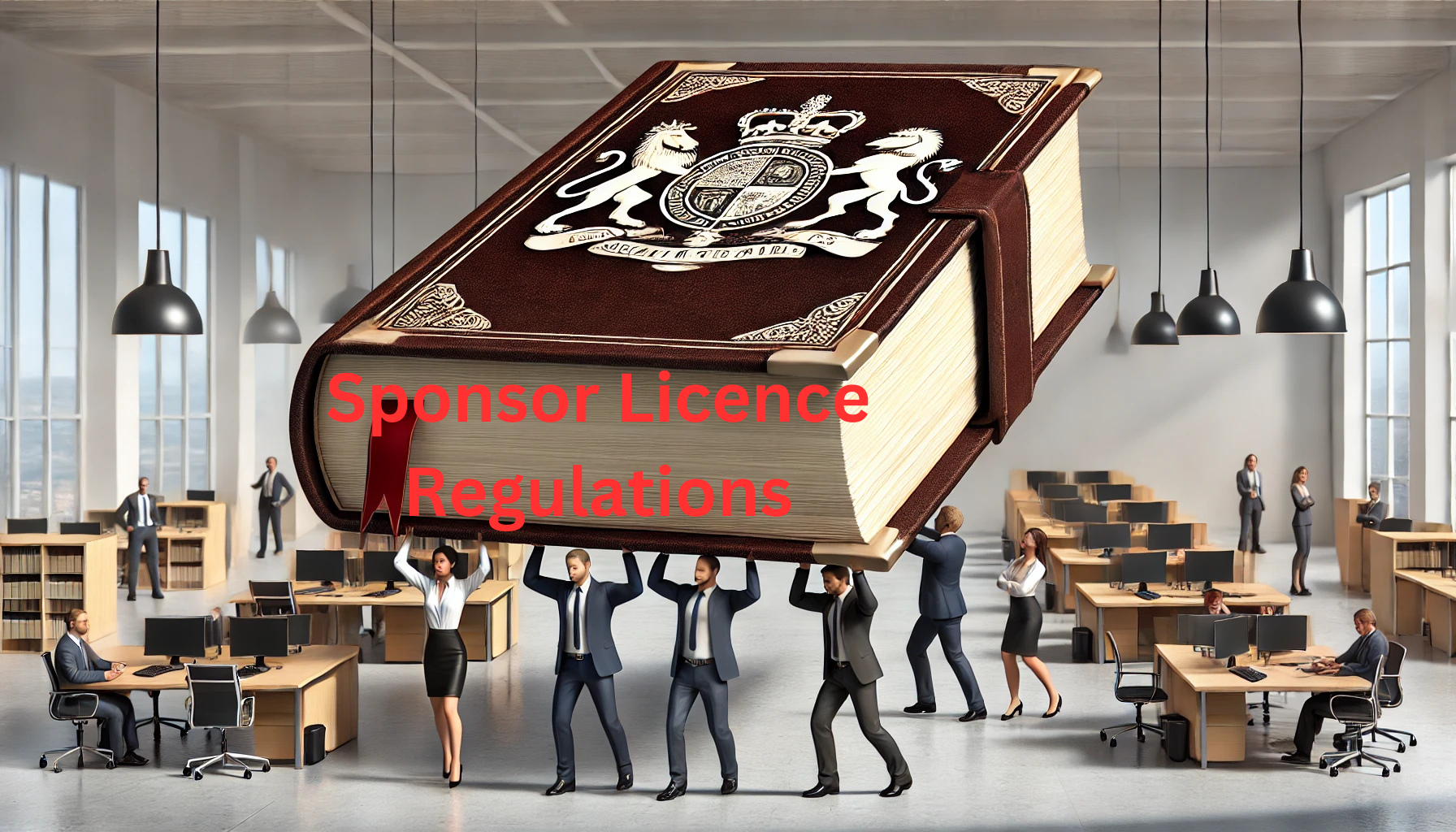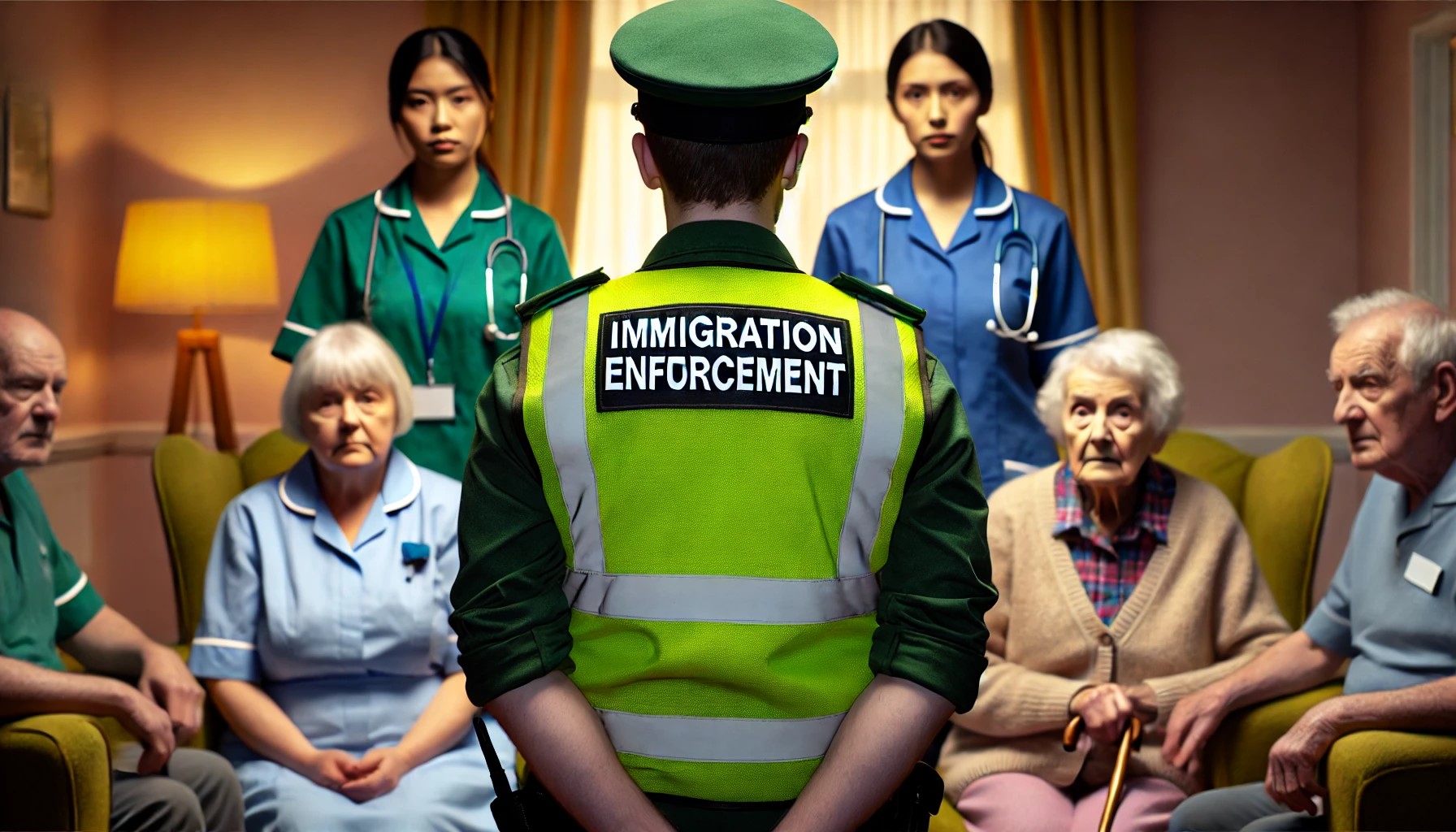As the Queen's Diamond Jubilee celebrations take place this week, we thought that now was a good time to take a look at the UK's immigration history over the past 60 years.
Postwar immigration in the 1950s began to attract large numbers of workers and their families to the UK from outside Europe. However with the rise in immigration also came a rise in racial tension and prejudice.
Until the Commonwealth Immigrants Act of 1962, all Commonwealth citizens could enter and stay in the UK without any restriction. Once the Commonwealth Immigrants Act went into place, Commonwealth citizens became subject to immigration control. This meant that only British citizens and a relatively small number of others were not subject to immigration control.
By the 1970s, the UK government was greatly restricting immigration. Commonwealth Citizens born overseas wishing to settle in the UK would need to prove that a parent or grandparent had been born in the UK or meet the requirements of another UK visa category. Around 83,000 immigrants from the Commonwealth settled in the UK between 1968 and 1975, largely through gaining work permits or obtaining permission to join relatives.
In the 1980s, as manufacturing declined, work permits became harder to obtain unless you had specialist skills or professional training.
On 1 May 2004, the EU expanded to include ten new Members States. There were no restrictions on nationals of Malta and the Greek part of Cyprus from working in the EU. Nationals from the other eight countries, including the Czech Republic, Estonia, Hungary, and Latvia, were allowed access to the UK labour market but required to register on the Workers Registration Scheme, which is quite a simple process, and only had limited access to benefits. As of 1 April 2011, this scheme is no longer in use and it is even easier for workers to work in the UK; workers from the Countries that joined the EU in 2004 can also now claim benefits.
Since the addition of Romania and Bulgaria to the EU in 2007, the Government introduced immigration restrictions to limit migration to students, self-employed individuals, highly skilled migrants and food and agricultural workers. In July 2009, University College London published research showing that EU migrants made a "substantial net contribution to the UK fiscal system", paying 37 percent more in taxes than they received in welfare payments. Also, on average, EU migrants were younger and better educated than the native population.
In April 2006 the UK government introduced the points-based immigration system to replace a number of visa schemes. Applicants can gain points for age, education, income, and work experience. The points-based system was implemented over the course of 2008 and remains in effect today. However, since the UK Coalition Government came to power in May 2010 immigration under the Tier visa points based system has become more and more difficult. Many people no longer qualify for immigration under the Tier visa points based system.
UK immigration policy continues to change and evolve. During periods of economic downturn and high unemployment there tends to be a more restrictive immigration policy. When the economy is doing well the UK Government tends to allow in more immigrants. This is likely to be the case in future as well.
Postwar immigration in the 1950s began to attract large numbers of workers and their families to the UK from outside Europe. However with the rise in immigration also came a rise in racial tension and prejudice.
Until the Commonwealth Immigrants Act of 1962, all Commonwealth citizens could enter and stay in the UK without any restriction. Once the Commonwealth Immigrants Act went into place, Commonwealth citizens became subject to immigration control. This meant that only British citizens and a relatively small number of others were not subject to immigration control.
By the 1970s, the UK government was greatly restricting immigration. Commonwealth Citizens born overseas wishing to settle in the UK would need to prove that a parent or grandparent had been born in the UK or meet the requirements of another UK visa category. Around 83,000 immigrants from the Commonwealth settled in the UK between 1968 and 1975, largely through gaining work permits or obtaining permission to join relatives.
In the 1980s, as manufacturing declined, work permits became harder to obtain unless you had specialist skills or professional training.
On 1 May 2004, the EU expanded to include ten new Members States. There were no restrictions on nationals of Malta and the Greek part of Cyprus from working in the EU. Nationals from the other eight countries, including the Czech Republic, Estonia, Hungary, and Latvia, were allowed access to the UK labour market but required to register on the Workers Registration Scheme, which is quite a simple process, and only had limited access to benefits. As of 1 April 2011, this scheme is no longer in use and it is even easier for workers to work in the UK; workers from the Countries that joined the EU in 2004 can also now claim benefits.
Since the addition of Romania and Bulgaria to the EU in 2007, the Government introduced immigration restrictions to limit migration to students, self-employed individuals, highly skilled migrants and food and agricultural workers. In July 2009, University College London published research showing that EU migrants made a "substantial net contribution to the UK fiscal system", paying 37 percent more in taxes than they received in welfare payments. Also, on average, EU migrants were younger and better educated than the native population.
In April 2006 the UK government introduced the points-based immigration system to replace a number of visa schemes. Applicants can gain points for age, education, income, and work experience. The points-based system was implemented over the course of 2008 and remains in effect today. However, since the UK Coalition Government came to power in May 2010 immigration under the Tier visa points based system has become more and more difficult. Many people no longer qualify for immigration under the Tier visa points based system.
UK immigration policy continues to change and evolve. During periods of economic downturn and high unemployment there tends to be a more restrictive immigration policy. When the economy is doing well the UK Government tends to allow in more immigrants. This is likely to be the case in future as well.




